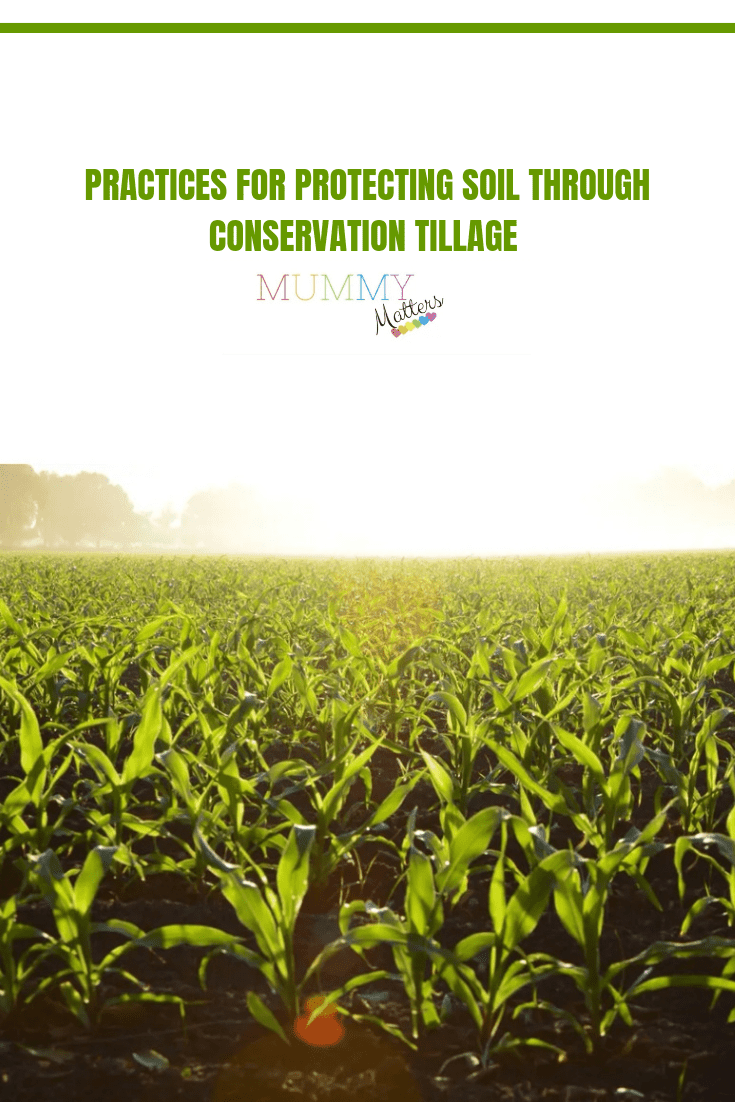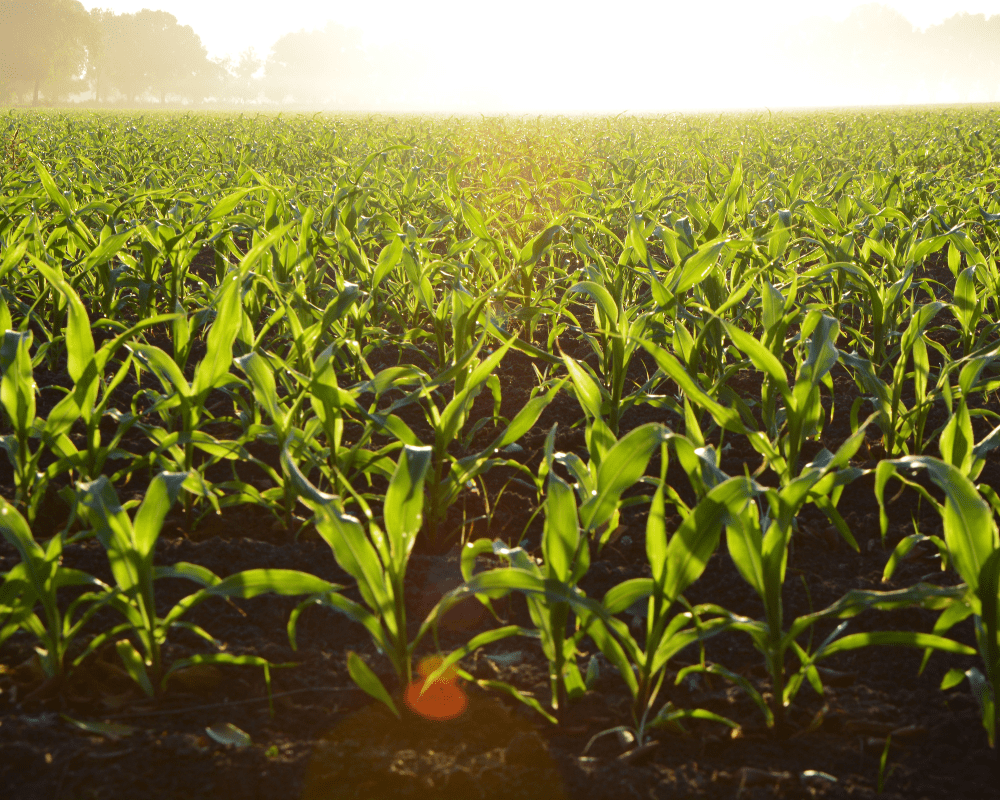Soil is among the essential natural resources. However, there have been several factors that are contributing to soil degradation over the last few years. Farmers can, however, conserve and improve soil fertility through various methods. In addition, through the adoption of sustainable farming, they can help prevent soil degradation while at the same time ensuring high production.
Conservation tillage is one of the best organic methods you can adopt to preserve soil fertility while at the same time improving your yields.
What is Conservation Tillage?
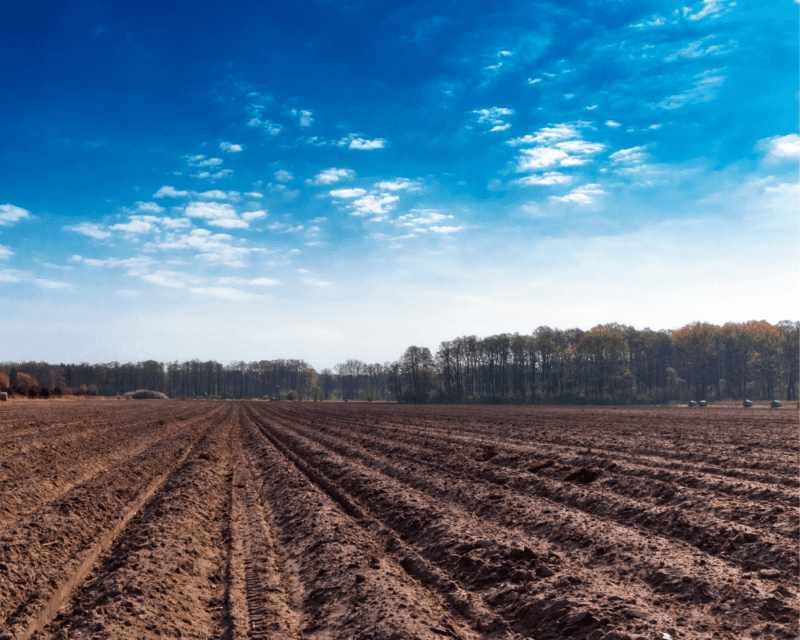
Tillage includes the practices farmers implement, such as stirring, digging, and overturning the soil, to prepare the land for planting. Conservation tillage farming is a sustainable method or practice adopted by farmers to keep a given portion of cultivated land covered with the previous year’s crop residue.
Conservation tillage is mainly used with crop rotation, composting, cover cropping, and other organic methods of soil erosion control. Some of the benefits of conservation tillage include
- Prevents soil erosion
- Enhances soil fertility
- Improves water quality
- Reduces emissions
Here are the most common practices implemented by farmers through conservation tillage.
1. No-Till
No-till is known as zero till, slot planting, or direct seeding. This system is where the soil is left undisturbed through tillage for one year. Crop residues on the soil surface can be disturbed in strips.
The no-till farming system plays a significant role in preventing excessive soil erosion, decreasing soil aeration from tillage, reducing decomposing, allowing organic matter to accumulate, and improving the soil’s overall health.
In addition, using a no-till system can help decrease the input cost, hence, increasing profitability.
Furthermore, the crop residues used in the no-till system can help reduce evaporation and effectively capture rain and snow water. This helps to keep the soil moist and well hydrated.
Yield in the no-till system is likely to be high at a lower cost. Crops such as wheat, corn, and rice are likely to do well in the no-till system, especially when partnered with crop rotation and cover crop systems. No-till system can also give better yield in drier conditions as this is a better way to absorb and keep the soil moist.
2. In-Row Subsoiling
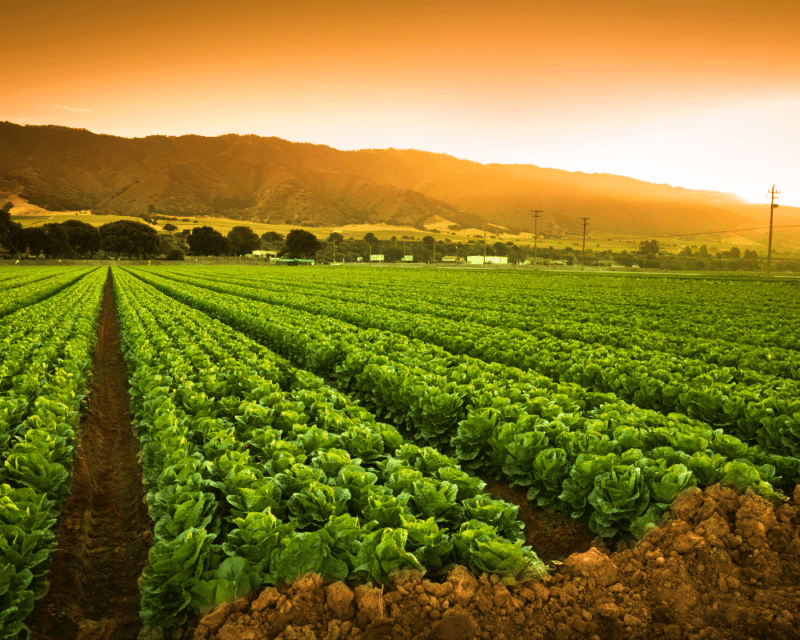
In-row subsoiling is also known as ripping, row-till, and slot till. This is where the soil surface and residue are left undisturbed. However, a strip of at least thirty percent is exempted. In the exempted strips, the underneath soil is disturbed through deep-tillage implements.
In-row subsoiling can help combat soil compaction, especially if there is enough crop residue on the soil surface and adequate measures are taken to reduce residue disturbance. A significant amount of crop residue on the soil surface allows in-row subsoiling without unnecessary runoff or increased soil erosion.
To increase crop residue on your soil surface, you can improve on growing cover crops while simultaneously eliminating reduced and intensive tillage practices that can lead to the burying of crop residues.
3. Strip-Till
Strip-Till, also known as zone tillage, is another practice for soil conservation. The benefits of strips-till are mainly related to the no-till system. However, in strip-till, the covered row or zones are only disturbed through tillage practices when the next crop is planted.
The space between the rows where crops are planted is covered with residue. Strip-till helps to improve the seedbed environment as the soil is only disturbed in smaller inches to allow planting. This practice is commonly done during planting and can be blended with in-row subsoiling to help break up the compacted soil layers.
4. Ridge-Till
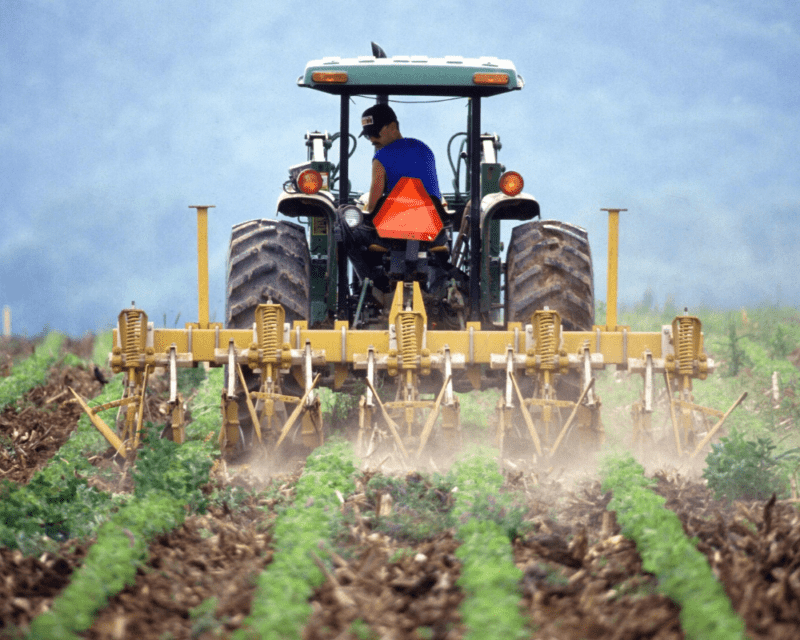
Ridge tillage is a system where the farmer builds raised beds or ridges. Through specialized cultivators and planters, permanent ridges are formed where the crops are grown. Once the residue left between the ridges is removed, crops are planted on the top of these ridges. In this method, cultivation is meant to form and maintain ridges and also manage weeds.
Ridge-Till helps to improve soil fertility and reduce runoff and erosion. This conservation tillage system is suitable in cold and wet areas, as raised beds may provide a warmer environment and better drainage. In addition, this system allows easy management of weeds since mechanical weed control methods can be applied.
Farmers can also use cover crops in the ridge-tills system. The seedbed can be scraped off to prepare for seedling once the cover crops are mowed. Lastly, farmers can use broad ridges, especially in organic farming, when they want to reduce tillage.
5. Mulch-Till
Mulch-till conservation tillage is where the ground is covered with a layer of residues. These residues are usually cultivated, swept, and mixed with soil partially. In this practice, the mulch is supposed to protect at least thirty percent of the soil surface. Mulch-till is a suitable practice for growing both perennial and annual growth in large or small-scale farming.
Wrapping Up
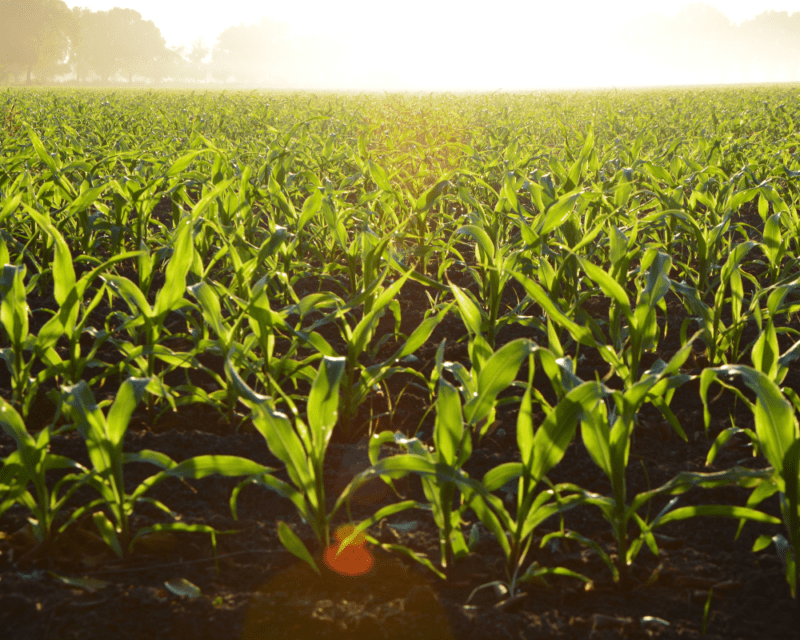
Conservation tillage is one of the sustainable agriculture practices that play a role in conserving the soil and preventing other pollution such as air and water. Moreover, through conservation tillage, you can organically eliminate the weeds that can destroy your main crops through a traditional mechanical method. Furthermore, you can also use herbicides that are organic and eco-friendly. The various conservation practices, as discussed above, allow you to ensure your soil is in good condition without interfering with your crops.
